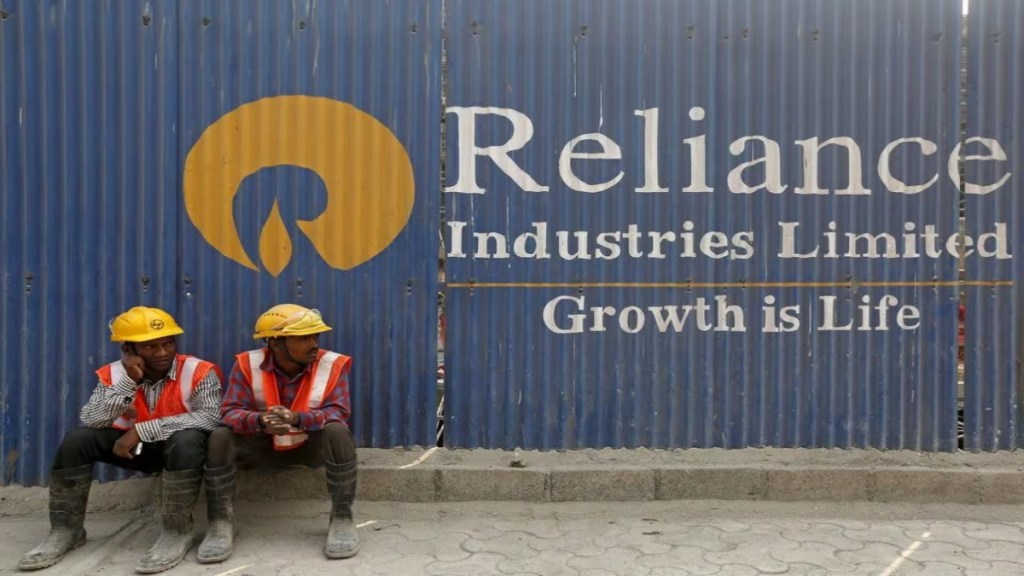Reliance Industries plans to launch its first solar giga-factory by the end of the current fiscal year as part of its commitment to achieve net zero carbon emissions by 2035.
According to its annual report, Reliance aims to initiate operations of the first phase of its 20 gigawatt (GW) solar photovoltaic (PV) manufacturing facility by March 2025. The company plans to scale up this capacity to 20GW in stages through 2026. The giga-factory will produce PV modules, cells, wafers, ingots, polysilicon, and glass at a single location. These components are essential for converting sunlight into electricity.
In addition to solar PV manufacturing, Reliance is targeting to industrialise sodium-ion cell production at the megawatt (MW) level in 2025 and pilot a 50 megawatt-hour (MWh) lithium battery cell production in 2026.
The company, which announced a $10 billion investment plan in 2021, intends to develop a new energy business with 100 GW of renewable power capacity by 2030. This plan includes establishing four giga-factories in Jamnagar, Gujarat, to produce renewable equipment, battery storage, fuel cells, and hydrogen.
Reliance’s report highlights significant progress in setting up these facilities and securing land for renewable energy projects in Gujarat.
“We have made significant progress in establishing factories that will be part of our Integrated Solar PV Manufacturing,” the firm said in the annual report. “New Energy will be commissioning its first train of Module and Cell Manufacturing in FY25.” Solar panels manufactured in Jamnagar have obtained BIS certification.
The company aims to become the largest renewable energy developer in India, with plans to scale its solar PV manufacturing capacity and initiate a battery giga-factory. By FY27, Reliance plans to establish a cell-to-pack manufacturing facility with a 50 GWh capacity and achieve its 100 GW renewable energy target by 2030.
Reliance argues that India’s reliance on fossil fuels has led to high energy costs and increased dependence on imports. The company asserts that stable, cost-efficient green power is crucial for India’s growth and economic goals.
“Stable and round-the-clock cost-efficient green power is the need of the hour. India needs to solve this problem to maintain its growth trajectory and reach USD 32 trillion GDP by 2047,” it said.
Over the next year, Reliance will focus on bringing its new energy manufacturing facilities online, developing renewable energy projects, and building a local supply chain to reduce import reliance.
The firm is also pursuing partnerships in clean energy and electric mobility while continuing its oil and petrochemical operations.


